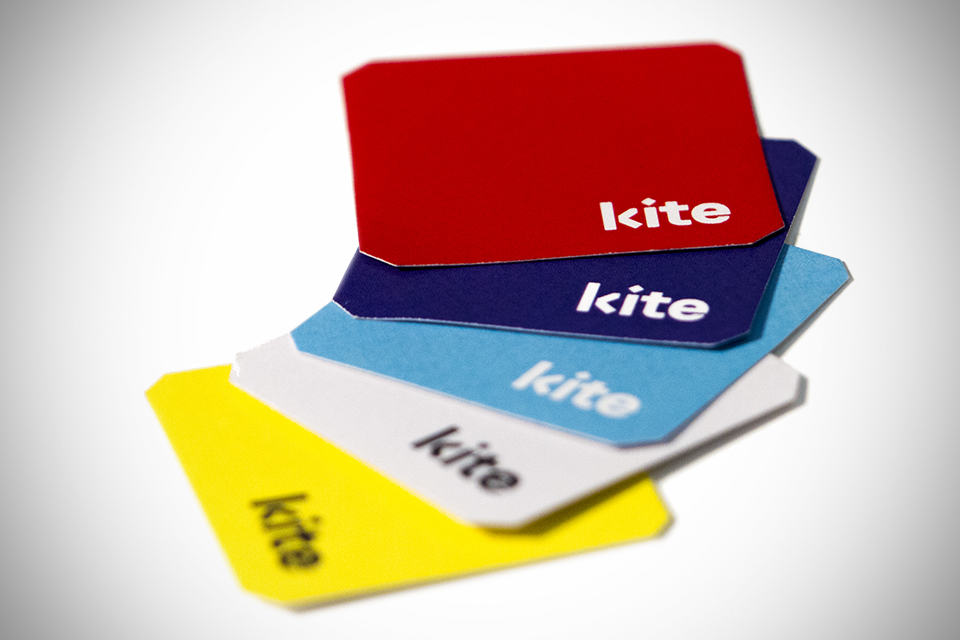Since its invention a few years ago, Vantablack has captured people’s attention worldwide. Its inventors claimed to have made the world’s blackest black, and immediately it caught the interest of various artists. Everyone wondered how this stuff works and what could be done with it.
Almost three years after its introduction, Vantablack is slowly making its way into various creative art forms. For example, Tata Motors from India partnered with Anish Kapoor and Crompton Colors to use Vantablack in automotive design. However, this color coating is much more than an intriguing subject for the art world and has numerous practical applications.
Its developers claim that Vantablack may even change our entire understanding of what we consider to be black color!
What’s Vantablack?
Vantablack gets its name from the company that invented it, Surrey NanoSystems. It is made of tiny carbon nanotubes (each one 10,000 times thinner than a human hair) that are grown in a CVD reactor (the same kind used to make computer chips). When these tubes are clustered together, they absorb 99.965% of the light that hits them — which means they look blacker than any other substance on Earth.

The material was first developed to help with space telescopes but has since found its way onto the hood of a BMW X6 and into many other high-tech products. Now Surrey NanoSystems has developed newer versions of Vantablack that can be sprayed on or deposited using robots — which means it could soon be used for everything from solar panels to clothing.
Ever since Vantablack hit the market, it’s been one of the most talked-about products in the world. It’s so popular because it’s different and unusual, and it makes a statement on its own.
What Are Some Of Its Uses?
Some of the many uses of vantablack are as follows:
• It's used in military and defense applications as a coating on infrared sensors. It is also used to coat satellites to make them harder to detect, making them more stealthy.
• Because it absorbs light very well, it is also used to coat solar panels and help them absorb more energy.
• It can be used as an ultra black paint for artworks by itself or mixed with colors or other dyes.
• It can also be used in the aerospace industry to enhance the strength of components such as carbon fibers and composite materials.
• It can also be used in touch screens because of its conductive properties.But you might be wondering: can you buy Vantablack?
Well, it’s not like there’s an Amazon link for it somewhere—it costs far too much to produce for something like that to exist. But Surrey NanoSystems does provide samples to universities, museums, and research institutions to display.
And because it requires such a particular application, the company has licensed its Vantablack S-VIS use only to artist Anish Kapoor of Kapoor Studios UK.
Why are people so excited about Vantablack?
They’re excited because Vantablack is fascinating and appealing in different ways than we usually think of darkness being. For one thing, it doesn’t absorb light: instead, it traps it. That makes light bounce around this super-shiny 3D surface until it can’t escape anymore.
Growing carbon nanotubes make Vantablack on a sheet of aluminum foil, and they coat the sheet with a thin layer of carbon nanotubes.
So the light bounces around those tubes in the same way that light bounces around the grooves of your old vinyl records but on a scale so small that you can’t see any individual tubes with the naked eye.
The result is something that looks like an all-encompassing black hole at first glance.
Featured image by Surrey NanoSystems – Surrey NanoSystems, CC BY-SA 3.0, Link.



